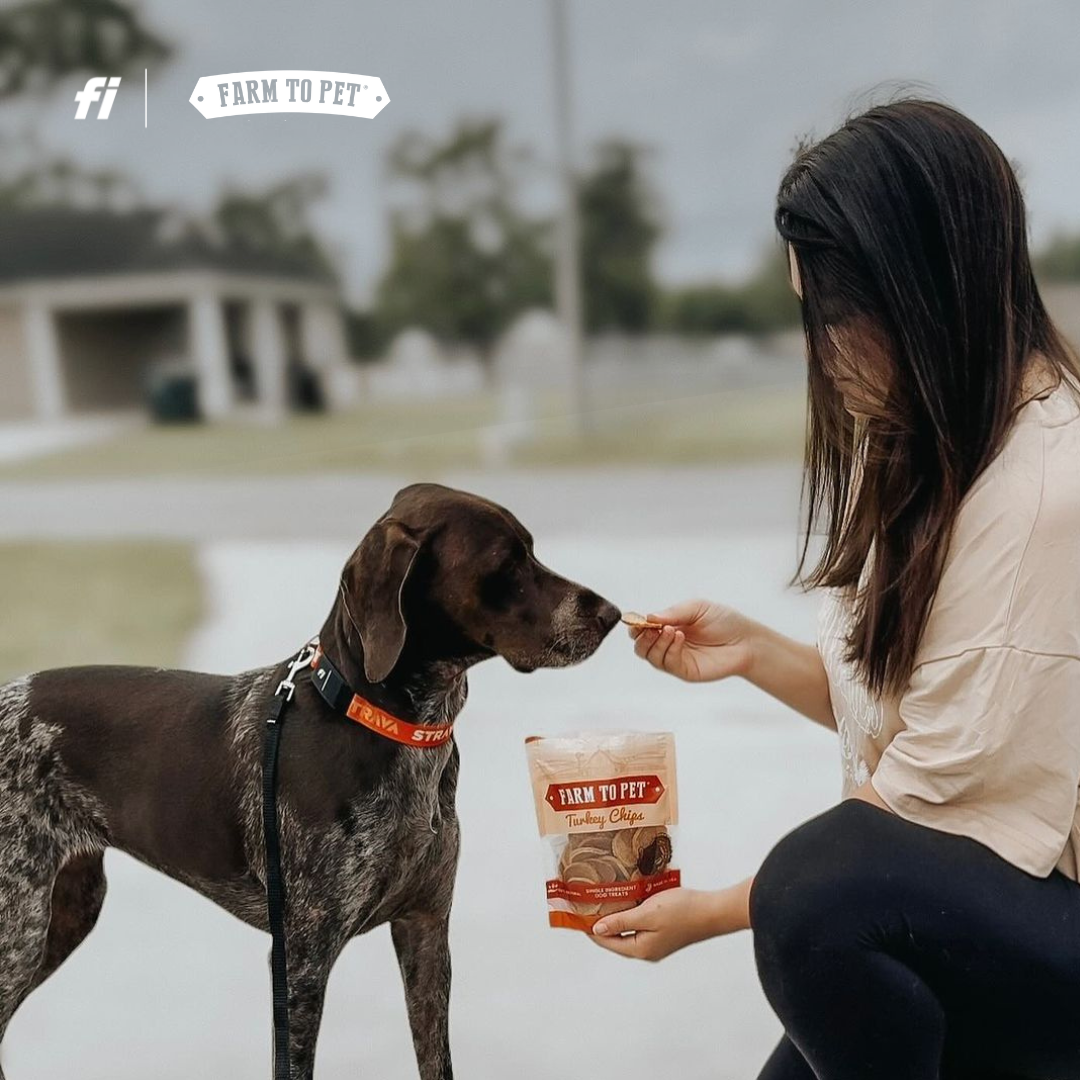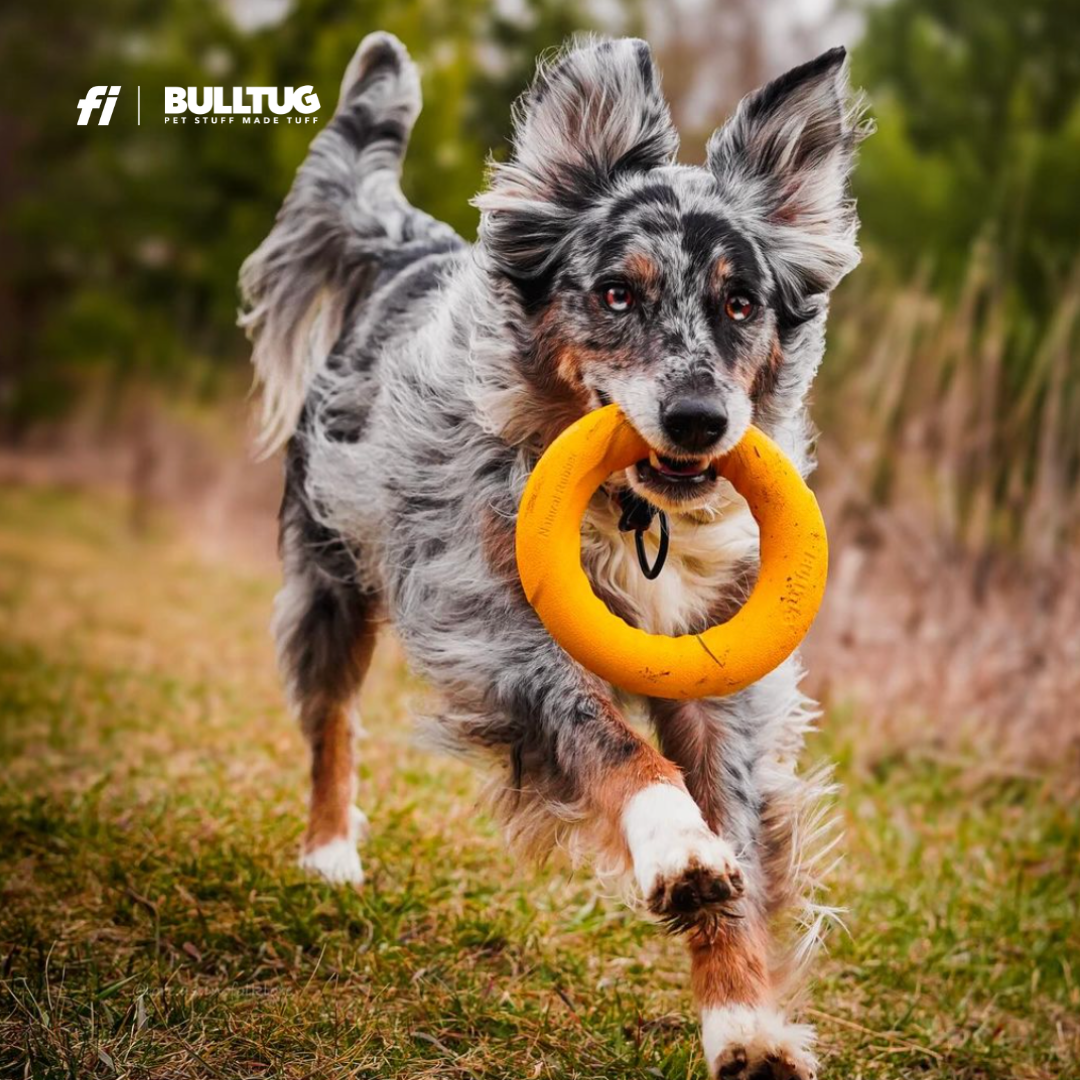What should you do if you lost your dog, and you don’t have a Fi collar? Whether your pup is Houdini or a homebody, Fi wants to make sure every dog returns home safely. Here are the most important steps to take in order to recover a lost dog as quickly as possible. Every little decision counts, from the time in which you search to the tools you use to spread the word (of which there are more than ever)!

Alert the authorities: Contact local animal shelters and file a report of your missing dog. Find shelters in your area at AdoptAPet.com, which allows you to filter shelters down to your zip code. Visit the shelters daily to see if your pup is picked up or turned in.

Consider the clock: Dogs tend to hide during the hottest parts of the day, so especially in Summer, the best time to search for a lost dog is during early morning hours and evening hours, when they are most active.
Scent is key: Create a “scent station” by putting the owner’s dirty laundry or the dog’s bedding outside near the home. The scent will help guide the dog back home.
Check familiar places: Check your regular routes - where does your dog like to walk, visit, or play? Whether it’s a neighbors house or a local dog park, lost dogs will often go toward what they know and where they feel safe.
Spread the word: Dogs usually stay within two miles of the home, so focus on posting fliers and posters within that radius. Find the most recent, clearest photo of your dog and include it on all fliers and posters.
- Big, brightly colored posters with simple details should be placed at major intersections near where the dog went missing.
- Smaller, single sheet fliers should include more in-depth details (the day the dog went missing, the breed and size, etc) and placed at popular community meeting spots like coffee shops, grocery stores, and don’t forget local veterinary offices.
Leverage tech: Neighborhood apps like NextDoor, as well as websites like LostMyDoggie and Pawboost are a great place to post details of a missing dog. Social media is another great resource; posting on Instagram, Facebook, and Twitter will alert friends and family in your area of your lost dog quickly, and encourage them to spread the word as well.
Offer a reward: Although not critical, offering a reward could motivate more people to keep their eyes open for your dog.
Keep ID Up to Date: Make sure the information on your dog’s tag and microchip is up to date, so should someone find your dog, they know where to find you. Beyond the obvious benefits of microchipping, animal shelters typically hold microchipped pets longer than non-microchipped pets before making a decision to adopt out or euthanize.

Search and Rescue: If all else fails, source a respected Search and Rescue organization like Black River, who are experts in tracking and recovering dogs, sometimes even using scent tracking dogs as part of the process. It’s important to note that services like this are often not free, but in a worst case scenario can be key.
Beware of scams: It’s unfortunate but true that someone may claim they’ve found your dog in order to collect a reward, but they haven’t actually. Do your due diligence to ask for proof before meeting the caller, and if you do meet, don’t go alone, and meet in a public place.
Although the Fi Collar is the ultimate preventative measure, these tips are important for any dog owner to keep in mind. Whether your pup is Houdini or a homebody, Fi wants to make sure every dog returns home safely.






